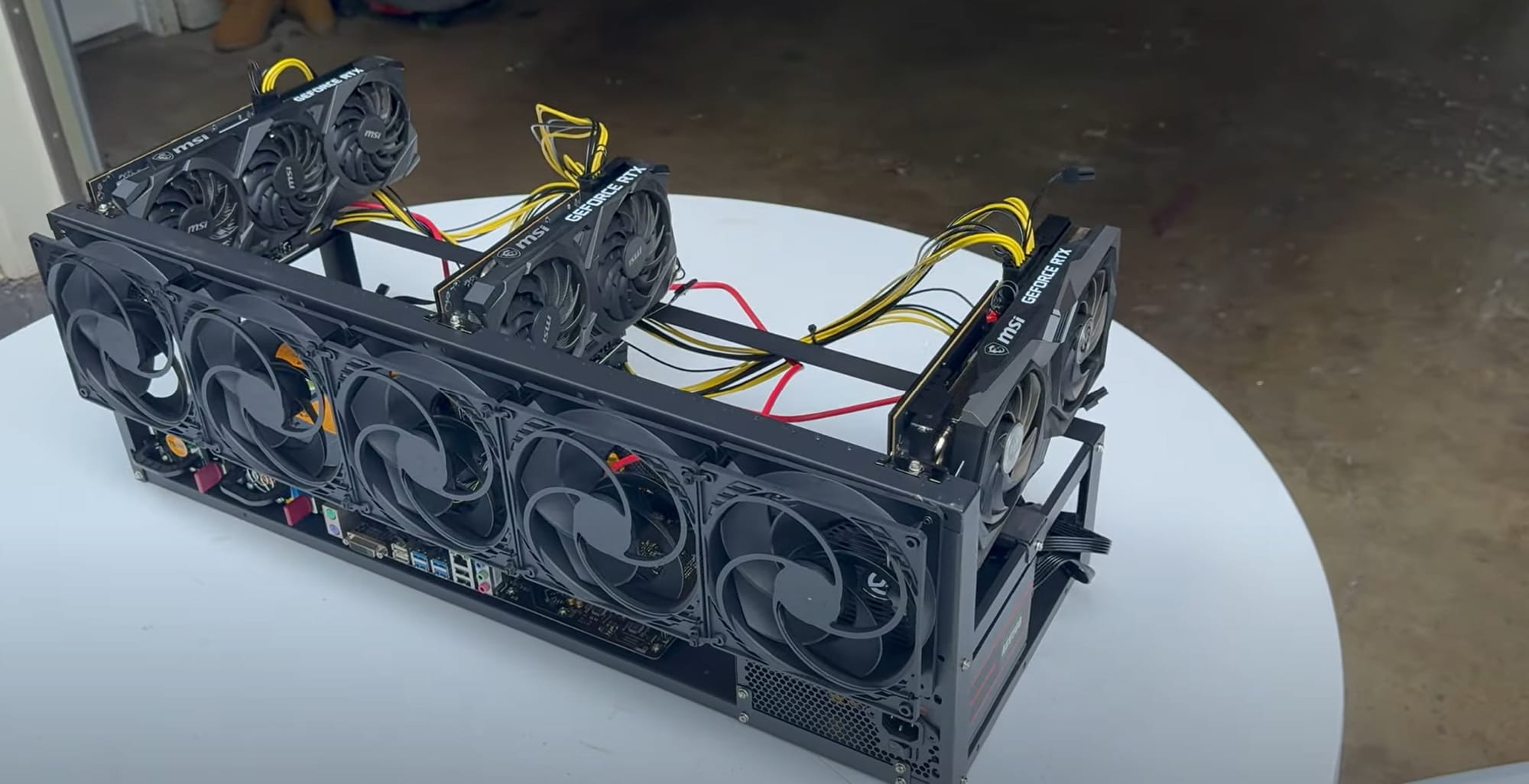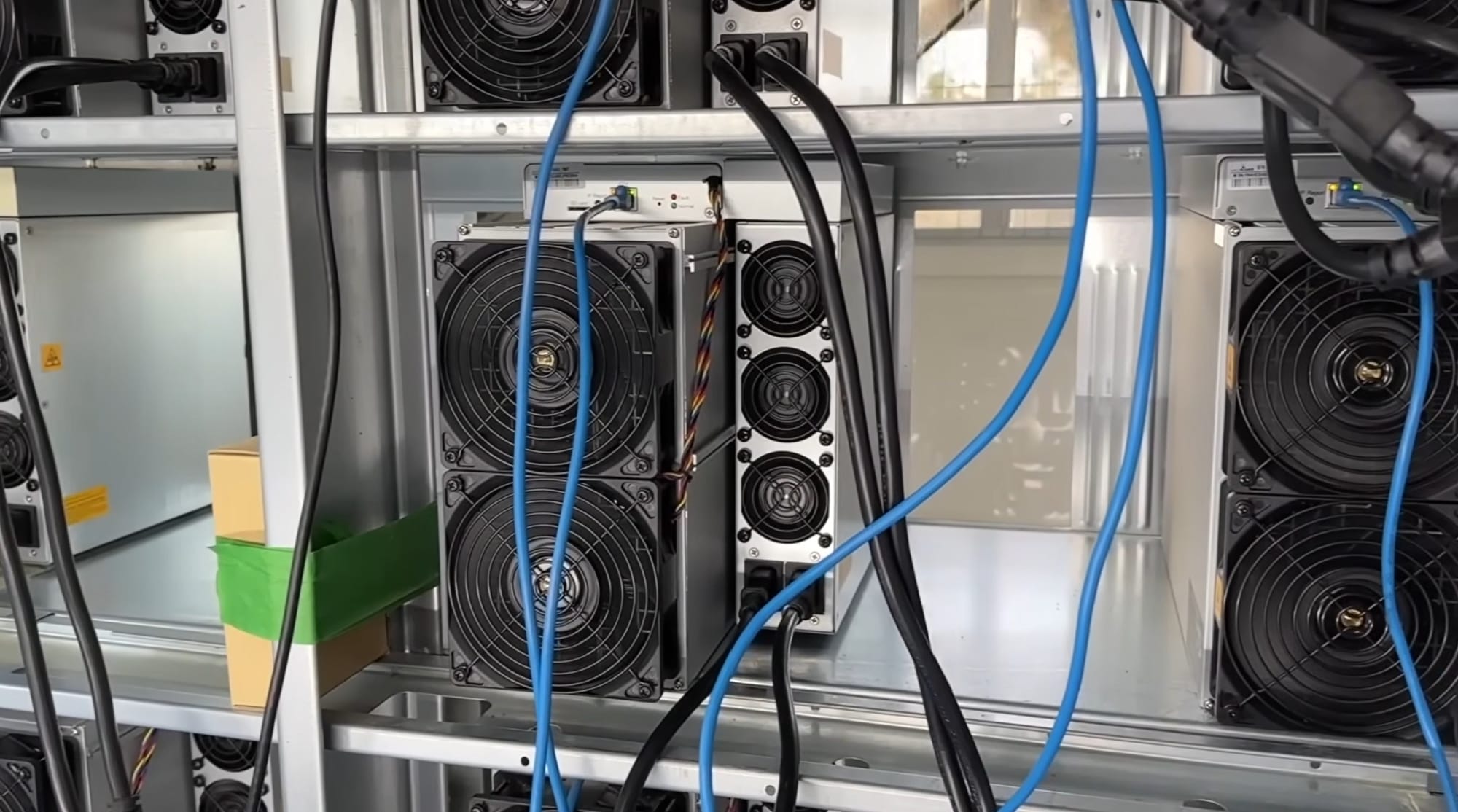GPU vs. ASIC Mining: Which is Better for Beginners?
New to mining and unsure whether to choose a GPU or ASIC setup? This guide compares both options in detail, covering costs, profitability, ease of use, and long-term flexibility to help you make the right choice as a beginner.

When you're just learning to mine cryptocurrency, one of the first choices you'll face is picking between GPU and ASIC mining. Both methods are popular, but they serve very different needs. Beginners often get stuck deciding which makes the most sense—especially with limited budgets and technical experience.
Mining isn’t what it was five years ago. Rising energy costs, stricter regulations, and advanced hardware have changed the game. The best path forward depends on what you want to mine, how much you can invest, and how hands-on you want to be. This guide breaks down the basics, compares GPU and ASIC mining setups, and gives you a clear answer based on real-world factors.
Let’s start by understanding what GPU mining really is—and why it’s often where new miners begin.
What is GPU Mining?

GPU mining uses graphics processing units to solve cryptographic puzzles and verify transactions on a blockchain network. These GPUs are the same components used in gaming PCs but repurposed to perform parallel mathematical calculations.
Miners often choose GPUs because they’re versatile. You can use one GPU rig to mine multiple cryptocurrencies like Ethereum Classic, Ravencoin, or Ergo—whichever is most profitable at the time.
Pros of GPU Mining
- Flexibility: Easily switch between coins depending on market trends.
- Availability: Components like NVIDIA and AMD GPUs are widely accessible.
- Resale value: GPUs can be sold or reused for other tasks, such as gaming or rendering.
- Good for beginners: Easier to set up and modify without deep technical knowledge.
Cons of GPU Mining
- Lower efficiency: Compared to ASICs, GPUs consume more power per hash rate.
- Smaller rewards: Due to network difficulty, returns may be lower without optimized settings.
- Heat and noise: A multi-GPU setup generates significant heat and fan noise.
What is ASIC Mining?

ASIC stands for Application-Specific Integrated Circuit. These machines are built for one task only—mining a specific cryptocurrency algorithm. Unlike GPUs, which are general-purpose and flexible, ASICs are hardwired to run at high speed on a single algorithm like SHA-256 (used for Bitcoin).
If your goal is to mine Bitcoin, ASICs are the industry standard. They dominate the hash rate and outperform GPUs by a wide margin in terms of speed and energy efficiency.
Advantages of ASIC Mining
- High efficiency: Delivers far more hash power per watt than any GPU setup.
- Purpose-built: Designed for nonstop mining, with minimal manual tweaking.
- Better returns for BTC: If you're focused on Bitcoin, ASICs offer faster block rewards.
Disadvantages of ASIC Mining
- Zero flexibility: Can only mine one algorithm. You can’t pivot to another coin if the market shifts.
- Louder and hotter: ASICs generate more noise and heat than most GPU rigs.
- High upfront cost: Premium models like the Antminer S21 can cost several thousand dollars.
- Limited resale value: Outdated ASICs quickly become worthless when more powerful models launch.
Which Mining Method is Best for Beginners?

Choosing between GPU and ASIC mining depends on your budget, energy or electricity availability, tech comfort level, and long-term plans. Let’s break it down by what matters most for someone just starting out.
Cost and Profitability
GPUs are more affordable and easier to scale gradually. A decent mining GPU can cost between $250 and $600, letting you start small. ASICs, however, often require an upfront investment of $2,000 or more for a single unit. While ASICs can earn higher profits with Bitcoin, they also come with bigger financial risk.
Ease of Setup and Maintenance
GPU mining rigs are more beginner-friendly. You can build them from scratch, repurpose old PC parts, and upgrade one card at a time. With an ASIC, you’re limited to what the manufacturer provides—less flexibility, but less assembly.
Long-Term Sustainability
GPUs have more longevity. You can switch to different coins, update software easily, and sell parts later. ASICs become obsolete faster, especially when new models launch. They're a better fit for high-scale, committed miners.
Conclusion
If you're just getting started and want flexibility, GPU mining is the safer entry point. It lets you explore different coins, scale slowly, and recover costs more easily if you pivot or exit. It's also more forgiving if you're still learning how mining works.
ASIC mining is powerful, but it demands a higher budget and more planning. It’s ideal if you’re focused solely on Bitcoin and can access cheap electricity. The returns can be strong, but the risks are higher too.
Ultimately, your choice should align with your goals. If you're exploring mining as a side project or learning experience, start with GPUs. If you're ready to go all in on Bitcoin with professional-level infrastructure, ASICs could be your edge.
FAQs
Is GPU mining still profitable?
Yes, but it depends on what you're mining. Coins like Ethereum Classic, Ravencoin, and Kaspa still offer potential for GPU miners, especially when electricity costs are low and hardware is efficient. Profit margins are thinner than before, so it's key to use a mining calculator before starting.
How much does an ASIC miner cost?
Prices vary widely. Entry-level ASIC miners may start around $1,000, while high-performance models like the Antminer S21 can exceed $3,500. Keep in mind, the most profitable models tend to sell out quickly or carry premium prices from resellers.
Can I mine Bitcoin with a GPU?
Technically, yes—but it's not practical. Bitcoin’s mining difficulty is too high for GPUs to compete. ASIC miners dominate the network and make GPU mining unprofitable for Bitcoin. Instead, GPUs are better suited for altcoins.
Which coins are best for GPU mining?
Popular GPU-mineable coins include Ethereum Classic (ETC), Kaspa (KAS), Ravencoin (RVN), and Ergo (ERG). These coins use algorithms that are still GPU-friendly and can be mined from home setups.




